SOURCE: RAUNAK KUNDE / NEWS BEAT / IDRW.ORG
Safran Aerospace, a global leader in aerospace technology, has significantly enhanced its proposal to jointly manufacture the 110kN engine for India’s ambitious Advanced Medium Combat Aircraft (AMCA) program. In a major development, the French company has offered to provide complete technology transfer (ToT) of the engine, including its critical hot section.
This move signifies a significant step forward in India’s quest for self-reliance in aerospace technology. Under the new proposal, the engine will be entirely manufactured in India, with components sourced exclusively from domestic companies. While Safran and the Gas Turbine Research Establishment (GTRE) will retain joint intellectual property rights over the new engine, there will be no export restrictions, ensuring that India can leverage this technology for its own defense and commercial needs.
Continue readingSOURCE: RAUNAK KUNDE / NEWS BEAT / IDRW.ORG

Hindustan Aeronautics Limited (HAL) is exploring collaboration with Indian private sector companies to address the issue of short-life turbine blades in the Rolls-Royce Turbomeca Adour Mk. 951 turbofan engines powering the Hawk 132 Advanced Jet Trainers (AJTs) in the Indian Air Force (IAF) fleet.
The problem of premature blade wear has been a persistent issue for the Adour engine, not just in India but also in other countries that operate the Hawk aircraft. While Rolls-Royce provided an interim solution a few years ago, it has yet to be implemented. The short lifespan of the turbine blades has significantly impacted the operational efficiency and maintenance costs of the Hawk 132 fleet.
Continue readingSOURCE: RAUNAK KUNDE / NEWS BEAT / IDRW.ORG
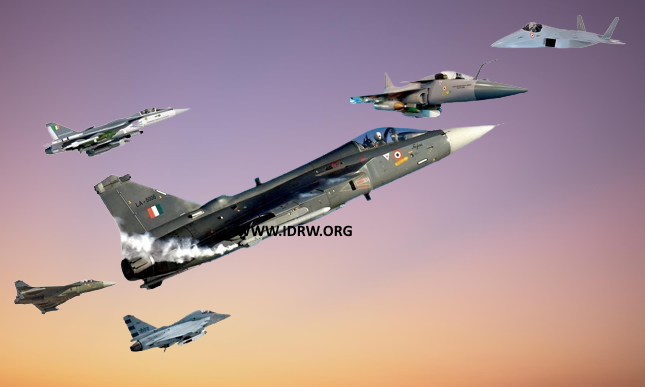
The Indian Air Force (IAF) and Hindustan Aeronautics Limited (HAL) are gearing up for a critical phase in India’s indigenous fighter aircraft development. With the first flight of the Tejas MkII planned for 2026 and the Advanced Medium Combat Aircraft (AMCA) Mk1 expected to take to the skies in 2028, the coordination between IAF and HAL will be tested as they conduct simultaneous developmental flight trials for these ambitious programs.
The experience gained from the developmental flight trials of the Light Combat Aircraft (LCA) Tejas Mk1A is proving invaluable. Lessons learned are being utilized to refine and streamline the flight test regime for both Tejas MkII and AMCA Mk1. The goal is not only to reduce the number of years required for flight trials but also to minimize the total in-flight hours needed to validate the aircraft’s capabilities and readiness.
Continue readingSOURCE: AFI

As unmanned aerial vehicles (UAVs) reshape the global defense landscape, India is strategically positioned to enhance its indigenous UAV capabilities. The increasing reliance on UAVs, especially in the Medium Altitude Long Endurance (MALE) and High Altitude Long Endurance (HALE) classes, highlights the need for advanced, locally-developed systems that can meet the evolving demands of modern warfare.
Given the rapid advancements in UAV technology and the substantial potential of India’s private sector, it is crucial for the country to actively encourage private defense companies to take the lead in developing MALE and HALE UAVs.
Continue readingSOURCE: AFI

In a significant announcement made at the Khatre Memorial Talks, Samir V. Kamat, Secretary of the Department of Defence Research and Development (DDR&D) and Chairman of the Defence Research and Development Organisation (DRDO), revealed that the Technology Development Fund (TDF) will now be on par with the Defense Advanced Research Projects Agency (DARPA).
The TDF aims to catalyze innovation in the defense manufacturing sector by providing financial support to industry-led technology development projects. This initiative is a cornerstone of India’s self-reliance drive in defense.
Continue readingSOURCE: AFI

The 20th edition of the India-US Joint Military Exercise, YudhAbhyas, has showcased a remarkable array of advanced technologies and capabilities. This year’s exercise, held at the Mahajan Field Firing Ranges in Rajasthan, featured larger-scale operations with enhanced joint command, intelligence sharing, and cutting-edge technology integration.
One of the highlights of YudhAbhyas 2024 was the participation of several innovative Indian startups. These startups showcased their latest technologies and products, demonstrating the growing strength of India’s defense manufacturing sector.
Continue readingSOURCE: AFI
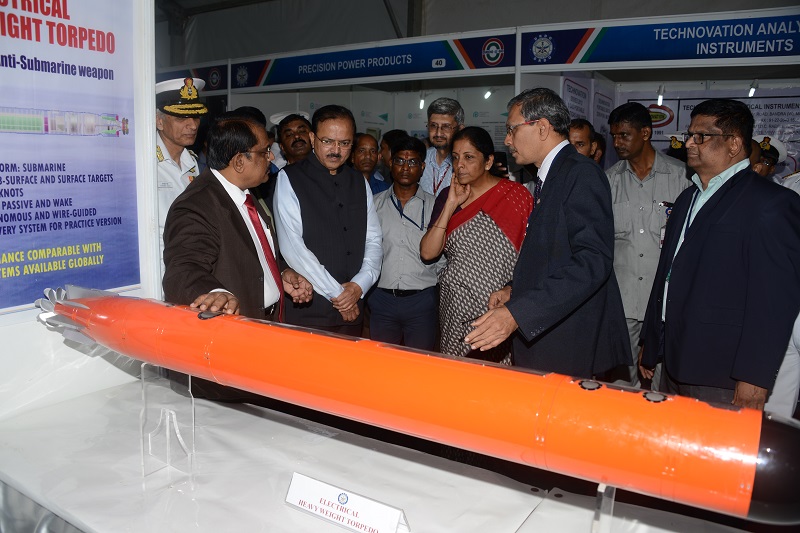
Apollo Micro Systems Ltd has achieved a significant milestone by securing a Rs 10.90 crore order from Bharat Dynamics Limited (BDL) for the development of innovative homing systems for heavy-weight torpedoes. Developed in collaboration with the Defence Research and Development Organisation (DRDO), this breakthrough technology will enhance the capabilities of India’s underwater warfare arsenal.
Apollo Micro Systems has emerged as the sole qualified vendor for this critical project, underscoring its expertise in the field of underwater weapons systems. The company’s contribution to the Strategic Submarine Program is a testament to its commitment to supporting India’s defense modernization efforts.
Continue readingSOURCE: IDRW.ORG TEAM
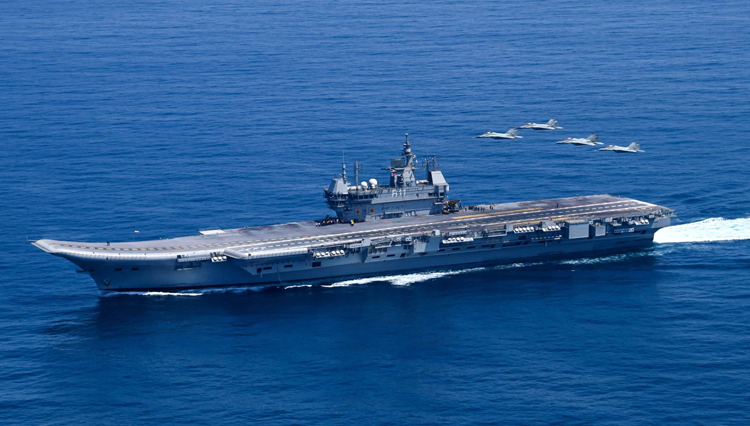
The Indian Navy is gearing up to submit a proposal to the Defence Acquisition Council (DAC) for the development of a second aircraft carrier, dubbed IAC-II. The Navy aims to secure the Acceptance of Necessity (AoN), which is the initial approval for procurement, for this ambitious project.
With an estimated displacement of 45,000 tonnes and a price tag of approximately Rs 40,000 crore, IAC-II is poised to be a formidable addition to the Indian Navy’s fleet. The state-run Cochin Shipyard is slated to construct the aircraft carrier, incorporating modifications to support unmanned aerial vehicle (UAV) operations.
Continue readingSOURCE: IDRW.ORG

In a significant breakthrough for Indian defense innovation, New Delhi-based Pravaig’s defense subsidiary, Atima, has emerged as the winner of the 9th iDEX Open Challenge. Their winning project, the Electric Tactical All Terrain Vehicle (E-TATV), is set to bolster the Indian Army’s operational capabilities with cutting-edge technology, particularly in stealth forward patrolling and reconnaissance missions. This win showcases India’s growing prowess in defense technology and innovation, contributing to the nation’s broader security goals.
The E-TATV designed by Atima offers advanced tactical advantages, especially for stealth operations. With its electric powertrain, the vehicle operates quietly, making it ideal for forward patrolling and reconnaissance missions in hostile or sensitive environments where maintaining a low profile is crucial. Unlike conventional tactical vehicles, which often produce significant noise and heat signatures, the electric-powered E-TATV enhances stealth and decreases detection risk by adversaries.
Continue readingSOURCE: AFI

India has long faced a persistent brain drain, particularly in the defense sector. While individuals of Indian origin hold prominent positions in major aerospace companies worldwide, domestic companies struggle to attract top talent due to inadequate remuneration and bureaucratic hurdles. Despite expectations that Prime Minister Modi would address this issue, little progress has been made in the past decade.
Indian public sector companies, hampered by outdated labor laws and powerful unions, have failed to make substantial strides in attracting and retaining skilled talent in the defense sector. These constraints have limited their ability to offer competitive compensation and flexible work environments that are essential to lure top professionals.
Continue readingSOURCE: AFI

India is reportedly in talks with the United States for potential licensing and local production of the Stryker Armored Personnel Carrier (APC) and Javelin Anti-Tank Guided Missiles (ATGMs). While these acquisitions may seem like steps toward modernizing India’s defense forces, they have raised eyebrows among defense experts and industry insiders. Many are questioning the urgency with which the Indian Ministry of Defence (MoD) is pursuing these deals, despite the availability of local alternatives, leading to concerns about the growing influence of the American defense establishment on India’s procurement policies.
Indian defense experts are perplexed by the MoD’s preference for U.S. weapon systems that some claim are overpriced and technologically outdated. Ranesh Rajan, a defense analyst, voiced his concerns to idrw.org, stating, “India is buying yesteryear tech for tomorrow’s price.” Rajan, along with others in the defense sector, is puzzled as to why India is opting for imported solutions like the Stryker APC and Javelin ATGM when indigenous options are available, both more cost-effective and designed with Indian terrain and operational needs in mind.
Continue readingSOURCE: AFI
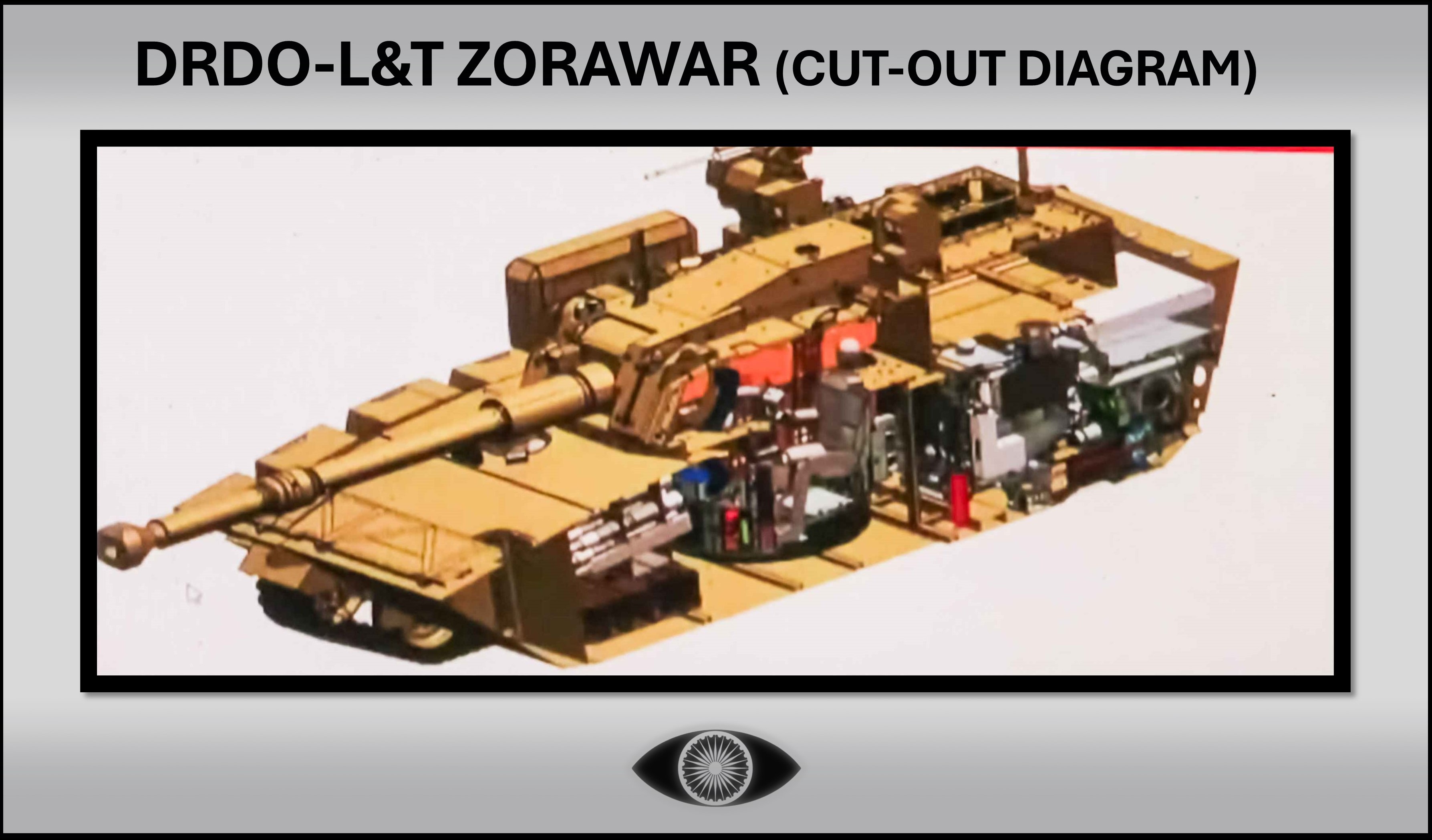
The Zorawar light tank, currently under development by Larsen & Toubro (L&T) in collaboration with the Defence Research and Development Organisation (DRDO), is set to showcase a unique combination of familiar features and indigenous innovations.
A recent glimpse of the tank’s cut-out has revealed a rear engine layout, a design choice that has become increasingly popular among modern tank manufacturers. This configuration offers several advantages, including improved crew protection, better weight distribution, and enhanced mobility.
Continue readingSOURCE: AFI

@detresfa_
China is constructing a new heliport near the “Fishtails” sector of Arunachal Pradesh, a region bordering India. Located just 20 kilometers from the Indian border, this facility is expected to significantly bolster China’s military capabilities in the region.
The heliport is believed to be part of China’s ongoing efforts to modernize its infrastructure along the Sino-Indian border. By providing a rapid deployment capability for troops and equipment, the heliport will enhance China’s ability to respond quickly to any potential threats or incursions.
Continue readingSOURCE: AFI
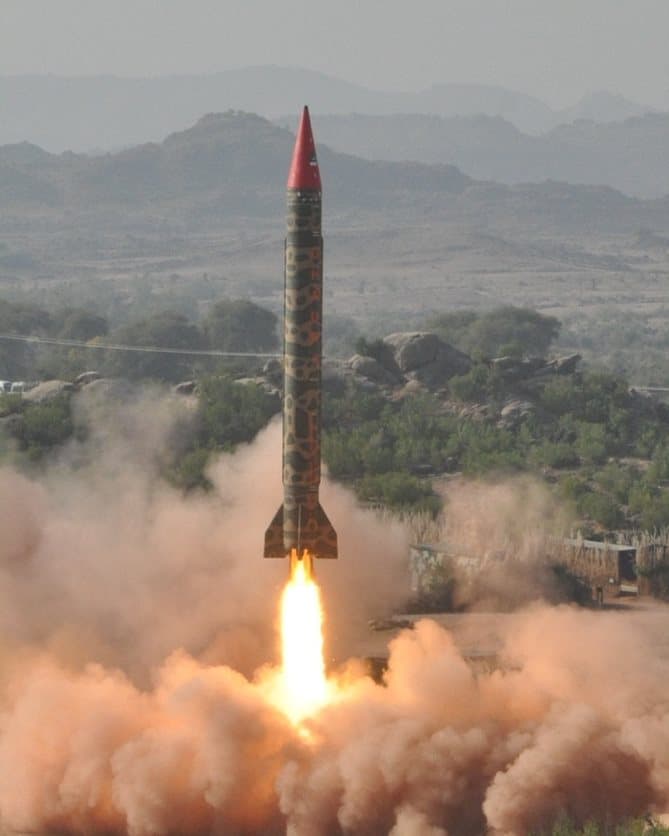
Professor Shahiduzzaman of Dhaka University has called for a nuclear treaty between Bangladesh and Pakistan as a means to counter the perceived threat posed by India. The professor has suggested that Bangladesh could deploy Ghauri missiles in North Bengal to deter India from any aggressive actions.
Professor Shahiduzzaman, who is known for his close ties to the Pakistan-backed Jamaat-e-Islami party, has been vocal in his criticism of India’s policies towards Bangladesh. He has argued that a nuclear treaty with Pakistan would provide Bangladesh with a powerful deterrent against India and ensure its national security.
Continue readingSOURCE: RAUNAK KUNDE / NEWS BEAT / IDRW.ORG
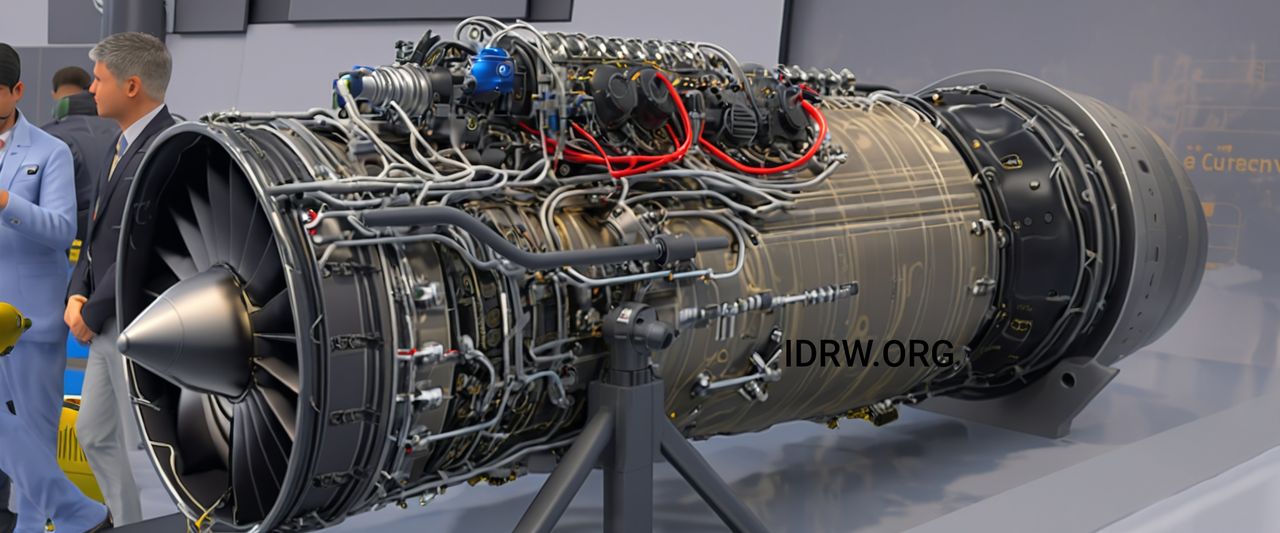
Rosoboronexport, Russia’s state-owned arms exporter, has expressed concerns regarding India’s decision to exclude the AL-41F-1S engine from its Su-30MKI “Super-30” upgrade program planned for 80 odd aircraft. Speaking to idrw.org, Rosoboronexport officals argue that the AL-41F-1S engine offers significant advantages over the existing powerplants in the Indian Su-30MKI fleet. The AL-41F-1S, also known as article 117S, is a modern modular two-shaft turbofan engine featuring thrust vector control and integrated digital control.
A key selling point for the AL-41F-1S is its compatibility with existing Su-30MKI airframes. Sharing the same geometry and attachment points as the AL-31FP version currently used in the Su-30MKI, the AL-41F-1S could be integrated with minimal modifications to engine nacelles and equipment. This compatibility would streamline the upgrade process and potentially lower costs.
Continue reading